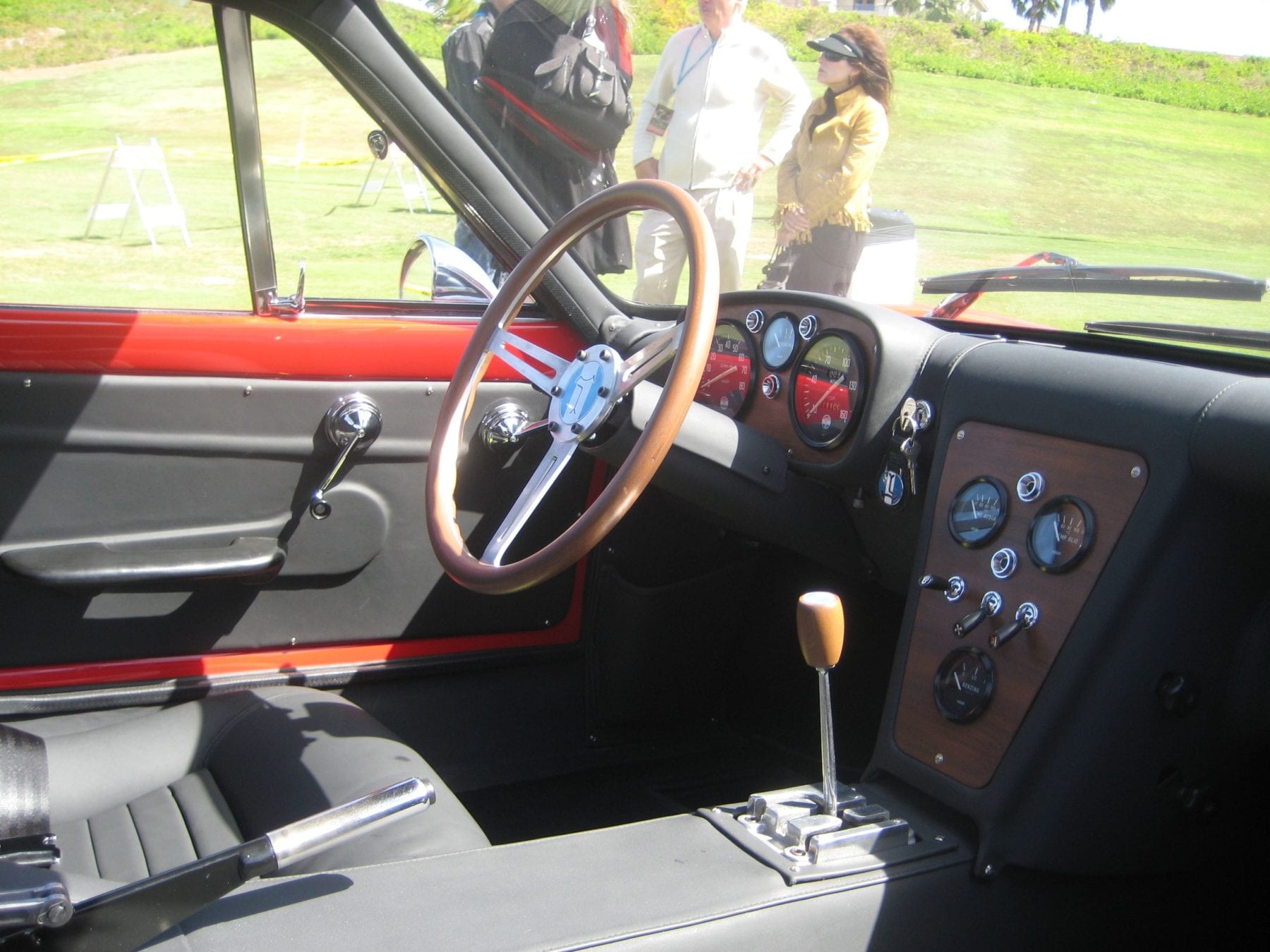I’m driving a Jeep Gladiator this week. It’s painted in a gorgeous shade of red, and it’s the mighty Rubicon trim. This one even features a bit of dying technology. Planted in the center tunnel is a manual gearbox. I was excited to receive a Gladiator with such a setup. But after a few days, I’m not quite as in love as I expected. And it’s because of that transmission. Well, more specifically, it’s really because of the clutch.
There’s no feel. It’s very light, which would be nice in daily-driver grade traffic. But it’s hard to tell what’s going on with my left foot. I’d like more of a sense of connection if I’m opting for the powertrain setup that appeals to such a sense.
I read a good tweet about why this might be the case though:
https://twitter.com/rogergarbow/status/1144021979596566528
I find myself nodding along in agreement with that tweet. Having driven a JL Wrangler with the automatic, I left impressed by the entire package. And now I’m daydreaming of a Gladiator with the automatic. I can literally see a bit more joy on my face. I know this goes against the Car Person Code that is “Give me a manual, or give me death…”, but right now I’d honestly rather have the automatic version.
Is this a proper conspiracy theory? I think it is, and it’s a good one.
But what other automotive conspiracy theories do you hold? Sound off below!


Leave a Reply